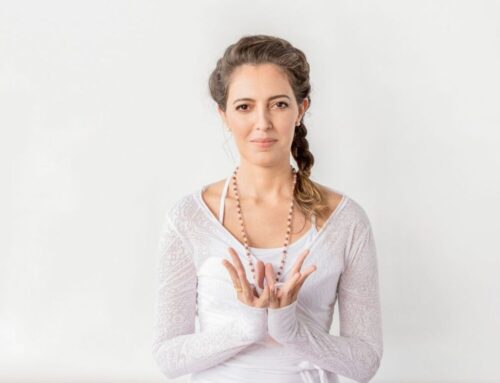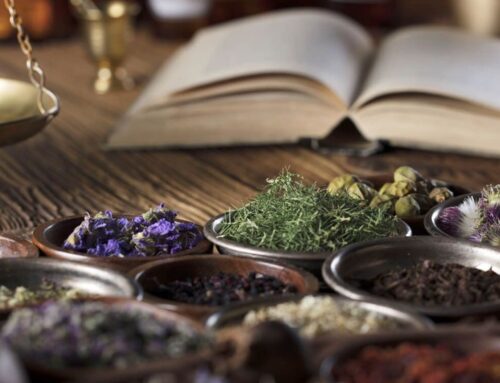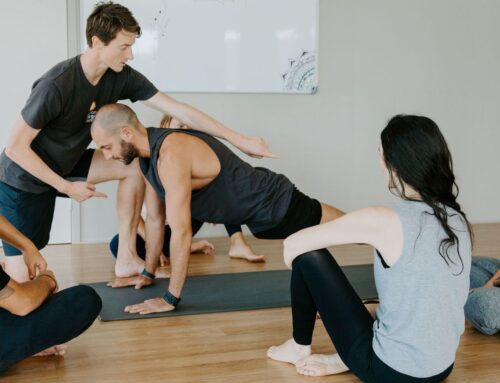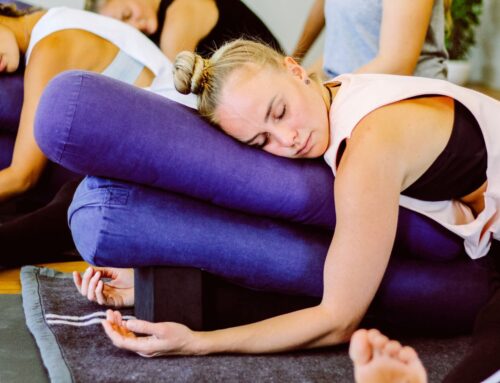Written by Stacey Clarke, Maitri Yoga

Qui Gung is all about harnessing your life force to “free yourself from your negative emotions and incessant chatter of your monkey mind” (Frantzis, 2008). Once the mind has calmed and relaxed, with the focus concentrated on the exercise, you’re said to be in a ‘Qui Gung state’ or ‘ru jing’, from which your health and wellbeing can then be optimized (Brown & knoferl, 2001).
“Qi Gong can reveal the mystery of life.
It is the best way to further world medical science and bring health, longevity and wisdom to humankind.” – Tzu kuo Shih
This practice of cultivating life energy was designed as a way to experience Tao in action. It is difficult to explain what Tao is, because Taoists believe Tao ‘just is’ and has no explanation or translation. The word is pronounced ‘Dao’ and has been a way of “living in concordance with the unity of the universe” (Dale, 2007) for many people for centuries, by following the teachings in the Tao Te Ching that Lao Tzu wrote in the sixth century BC.

To start Qui Gung you may position yourself in a choice of three ways, laying, sitting or standing, and any movements are usually conducted in a slow, intentional and fluid fashion. The majority of poses and sequences look serene and peaceful, like ‘Upholding Heaven with Both Hands’, but some, such as ‘Punching with Angry Eyes’ require quicker movements and a more glaring, intense look; to discharge negative emotional energy to return the body and mind to a state of balance (Wilson, 2007). Some forms of Qui Gung even extend to the practice of martial arts.
Yoga and Qui Gung follow many of the same principles, such as getting out of your head and into your body, cultivating positive emotions, becoming present and practising movements and breathing sequences to restore and strengthen both the body and mind.
Qui (Chi) can be compared to what the Yogic culture refers to as Nadis, for when there is a blockage in either it forms an imbalance in one or more of your physical, emotional, mental, psychic and karmic energy bodies. In chi there are said to be 8 energy bodies, your physical body being the first and central, leading to your chi or etheric body second, and various others until you reach the outer body of the Tao, which has no boundaries (Frantzis, 2008). The Chakras are also mentioned in Qui Gung, with specific meditations used to balance and synchronize them for vibrant health.
Seeing such parallels, Byron Yoga Centre has drawn both schools together in a Rejuvenation and Wellness Retreat that aims to float you from 2012 to the beautiful new beginnings of 2013. For 8 days you will be treated with yoga, Qui Gung, meditation, pranayama, massage and be able to attend workshops to learn healthy lifestyle modifications to help you cope with things like stress and weight management.
With so many overlaps it will be easy for some of the lines to be blurred, as with many things in life. Don’t get worried about having to place what you’re doing into a labeled box. As long as your practice is safe, enjoy and reap the benefits, whatever you call it.
Different ways to spell Qui Gung: Chi Kung, Chi Gong, Qigong, Qi-Gong, Qi-Gung, Chi Gun, Qi Gong, Qi Kung, Qui Kung, Chi Gung, Qui Gong, Qi Gung, Ch’i Kung. Plus two alternate names: Kiko and Daoyin (Cole, 2012).
Sources:
Spring Forest Qigong Review, M. Cole, 2012
Tai Chi for Beginners and the 24 Forms, Dr Paul Lam and Nancy Kaye, 2006
The Chi Revolution, Bruce Frantzis, 2008
The Tao Te Ching: Translation, Commentary and Introduction, Ralph Alan Dale, 2007
Qigong for Beginners, Stanley D. Wilson, PD.D., 2007
QiGong: The Chinese Art of Working with Energy, Barbara Brown and Gunter Knoferl, 2001.





